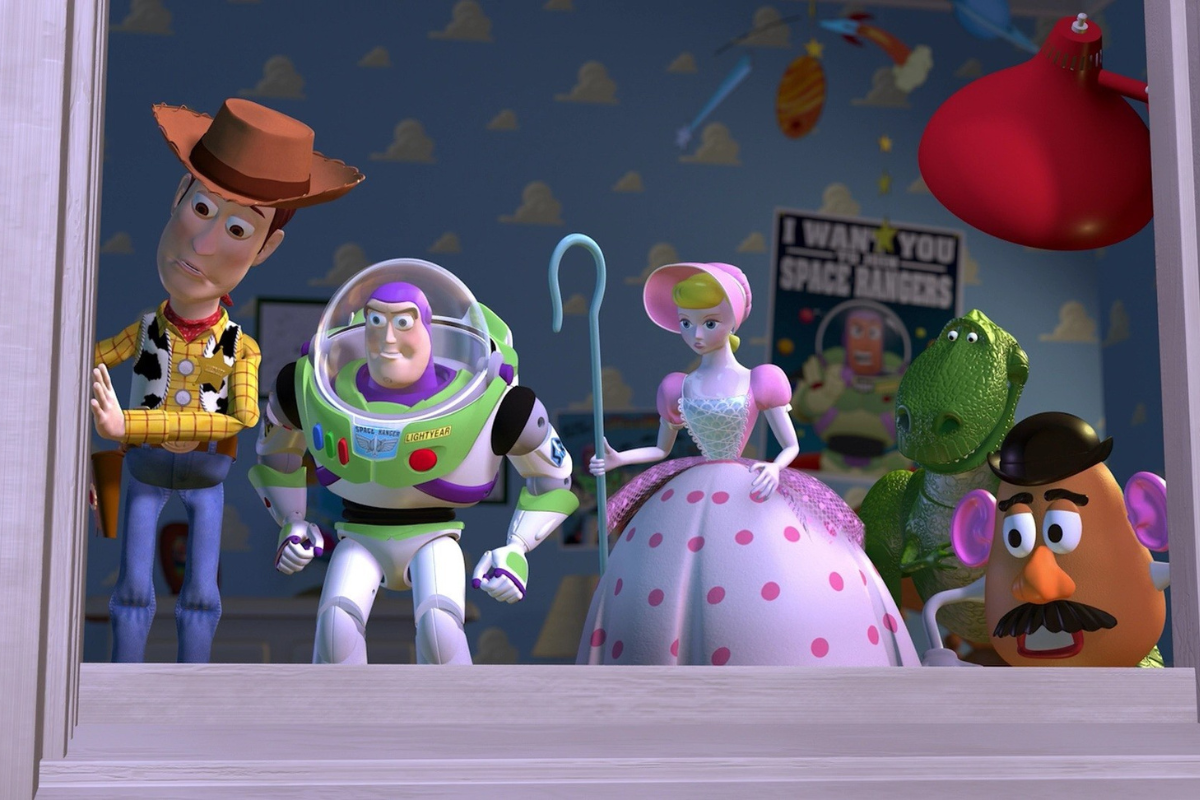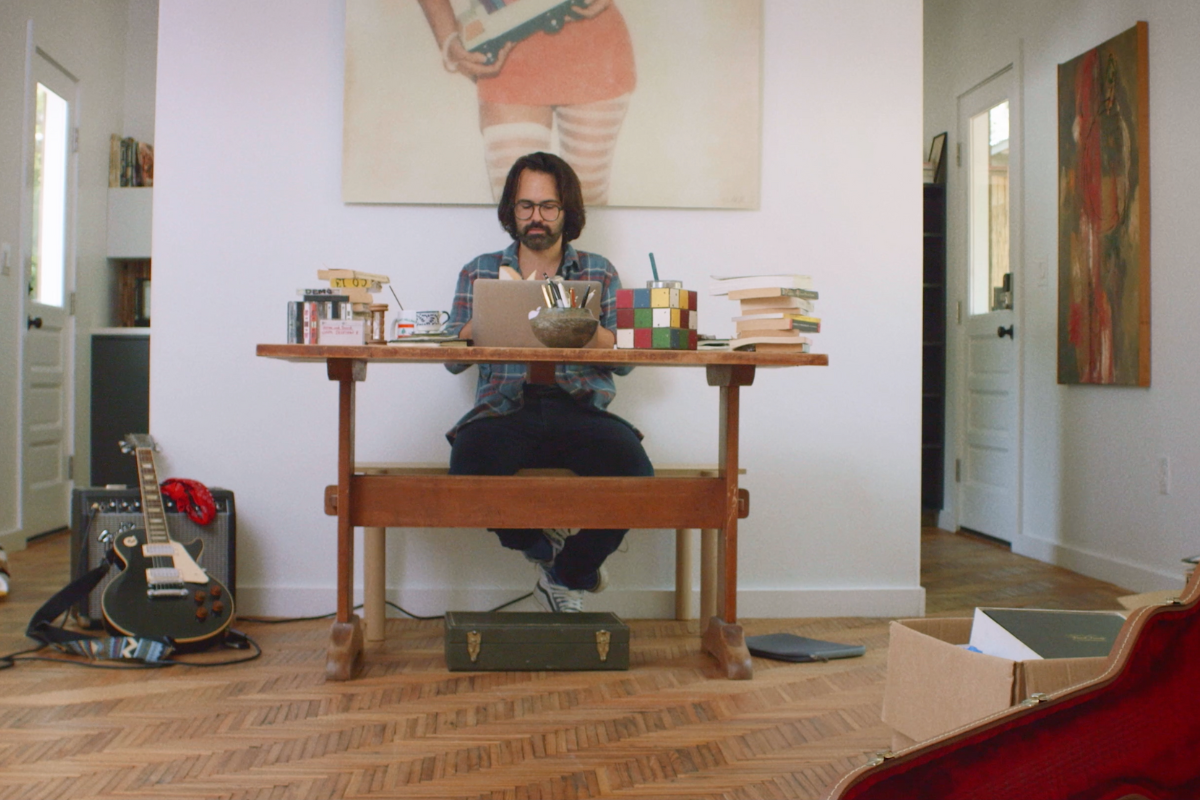Guerrilla Screenwriting: The Importance of a Pitch Deck
How do startup Internet companies in Silicon Valley convince venture capitalists (VCs) to give them millions in seed capital? It usually starts with a pitch deck, which is basically a…
How do startup Internet companies in Silicon Valley convince venture capitalists (VCs) to give them millions in seed capital?
It usually starts with a pitch deck, which is basically a PowerPoint presentation. Pitch decks are essential fundraising tools for startup companies today, whether a founder is after $500,000 or $20 million. Most of the big-name web apps like Mint and Foursquare started out small with a bright, young founder who put together a PowerPoint slideshow to explain their product and business model, and then showed it to VCs and angel investors.
Since each movie project you create is essentially a new product that requires substantial financing to develop and manufacture, I say why not utilize the same powerful sales tool that entrepreneurs in other industries use and adapt it to raising money for your movie or television production.
In the spirit of guerrilla screenwriting, I believe all writers should empower themselves and be able to talk intelligibly about the business aspects of movie marketing and distribution. In fact, if I were in charge of a university film school, I would make it mandatory for all film students to take at least two business classes, preferably financing and marketing.
Whether you're trying to team up with a production company, approaching agents and managers to attach star actors to your project, presenting your film package directly to investors, or trying to attract the best crew possible, a professional pitch deck is a fantastic tool for attracting industry professionals.
Even though Microsoft PowerPoint and Apple Keynote are relatively easy to learn how to use, producing a kick-ass slideshow is difficult. You need to have a good graphic design sensibility and be able to condense lots of information into only a few key words and visuals.
To illustrate what an effective pitch deck looks like, here are a few random slides from the pitch deck I used to generate foreign pre-sales at the Cannes Film Market and raise financing from investors for my movie Chopper:
Sadly, most PowerPoint presentations you typically see in corporate training classes or at conferences are boring as hell. They're text-heavy with lots of bullet points and uninspiring color schemes. Fancy pie charts, graphs, and tables are often confusing.
To stand out from the crowd of wannabes and make your project really shine, you need to spend the extra time and effort to create a visually engaging pitch deck that will excite a potential investor or producer rather than bore them to tears.
How to Create a Great Pitch Deck
Adopt the following principles, and you’ll ensure your pitch deck engages your audience and accomplishes your mission:
1. Aim for simplicity and clarity. Each slide should convey a single thought or idea.
2. Make yourself the focus of your pitch rather than your visual presentation. Your presentation is there to support and reinforce your key messages, not replace you. Don't put exactly the same words you speak on the screen, and never read along to what's on the slide. It's not a teleprompter. In fact, the best speakers never even look at the slides behind them when they're addressing the audience. They often use remote clickers to advance each slide without losing eye contact with their listeners.
3. Don’t create a text-rich, photo-poor presentation. People cannot read and listen at the same time. If your audience is reading from the text on your PowerPoint, they are not fully listening to you. Of course there will be some slides where text is necessary, but they should be the exception rather than the rule. If you must use text, try to keep it to no more than eight words on a slide. The proper place for a text-rich slide is either in the story summary page or your bio pages.
More text is also appropriate for any presentation that you email to someone rather than pitching them live because they won't have the benefit of your audio commentary (unless you learn how to lay down a synched audio track and export the file to an easily watchable format).
4. Do it like Steve Jobs and use stunning visuals and the odd word or term here or there. Great visuals inspire and engage people emotionally.
5. Limit the bullets. Too many bullet points will kill a presentation. They are unattractive. If you heed my advice using more photos than text, then you will no longer have a need for so many bullet points.
6. Don’t use animation or fancy transitions. They are cheesy and overused, add nothing to your pitch, and are distracting.
7. Place your company logo on only the first and last slide so as to minimize any visual distractions.
8. Use quotes and data that support your key messages. A slide with a single quote or significant statistic in a large font size from a credible source can be very impactful.
9. Review and edit. Once you have created your presentation, review it with the filter of asking whether or not each slide directly supports your primary objective, such as securing investment or a script sale. If it doesn’t, delete it.
10. Address your target audience’s concerns. It may be your pitch, but you need to focus on what’s important to them, not you. If it's an investor, do your research and find out what specific things are important to that investor and then provide that data.
If you want to learn the art and science of making well-designed presentations, I suggest you read the following books: Slide:ology by Nancy Duarte and Presentation Zen by Garr Reynolds. Alternatively, if you find this whole process overwhelming and would rather pay somebody else who is an expert to do a custom pitch deck for you, you can contact me at nightowlmartin@gmail.com and I'll be happy to help you out.
Related Articles:
- More Guerrilla Screenwriting articles by Martin Shapiro
- Writing Wrap Up: Look at Me Now! - Using Key Art
- Ask the Expert: How Do I Get My Material Seen?
Tools to Help:







